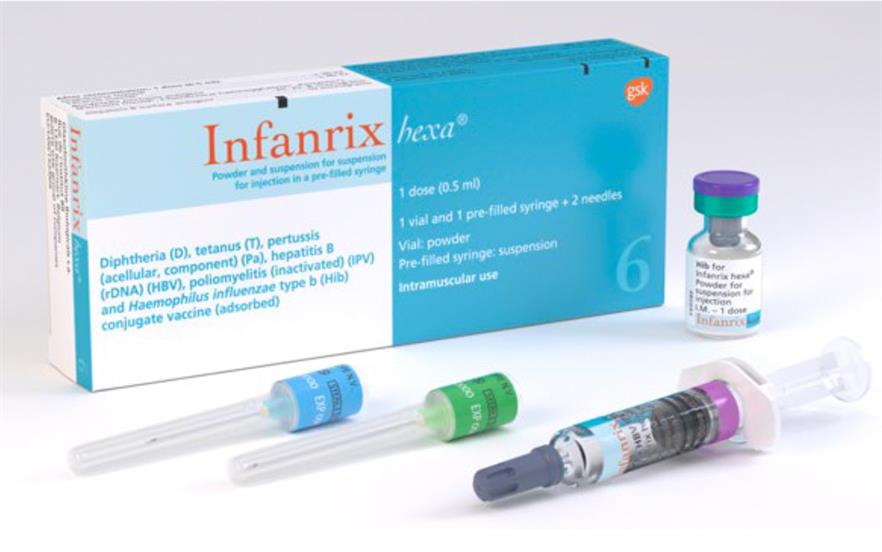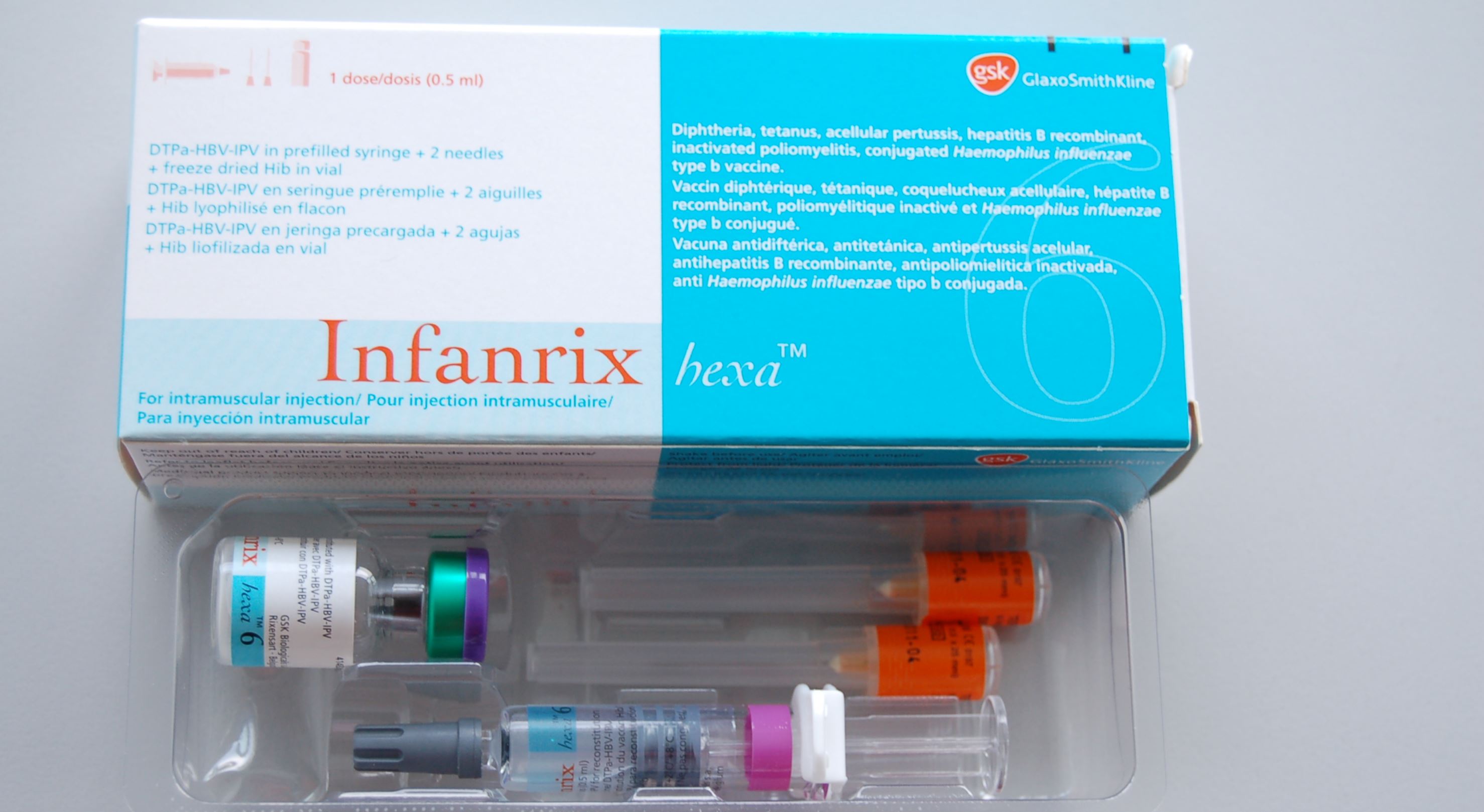
Infection occurs when the bacterium comes into contact with wounds. Tetanus is caused by a bacterium that can be found in soil. Diphtheria continues to occur in parts of Europe and other parts of the world. After vaccination was introduced in 1952, only a few cases of the disease have occurred after infection abroad. During and just after the Second World War, there were diphtheria epidemics in Norway.

The bacteria produce toxins that can attack the heart, kidney and nervous tissue. About the six diseases the vaccine protects againstĭiphtheria is a nose and throat infection caused by diphtheria bacteria. For the other diseases, booster doses are given in school age. The hepatitis B vaccine contains portions of hepatitis B virus.Īfter the three vaccine doses are given according to the programme (at 3, 5 and 12 months), children will have permanent protection against Hib infection and hepatitis B.The Hib vaccine contains portions of the bacterial sugar capsule (polysaccharide) bound to proteins.


The diphtheria and tetanus vaccines are based on toxins produced by the bacteria form but without the toxic effects.The vaccine against diphtheria, tetanus, pertussis, poliomyelitis, Hib infection and hepatitis B is a six-component vaccine (six vaccines given at the same time so the child only needs one injection in the thigh).


 0 kommentar(er)
0 kommentar(er)
